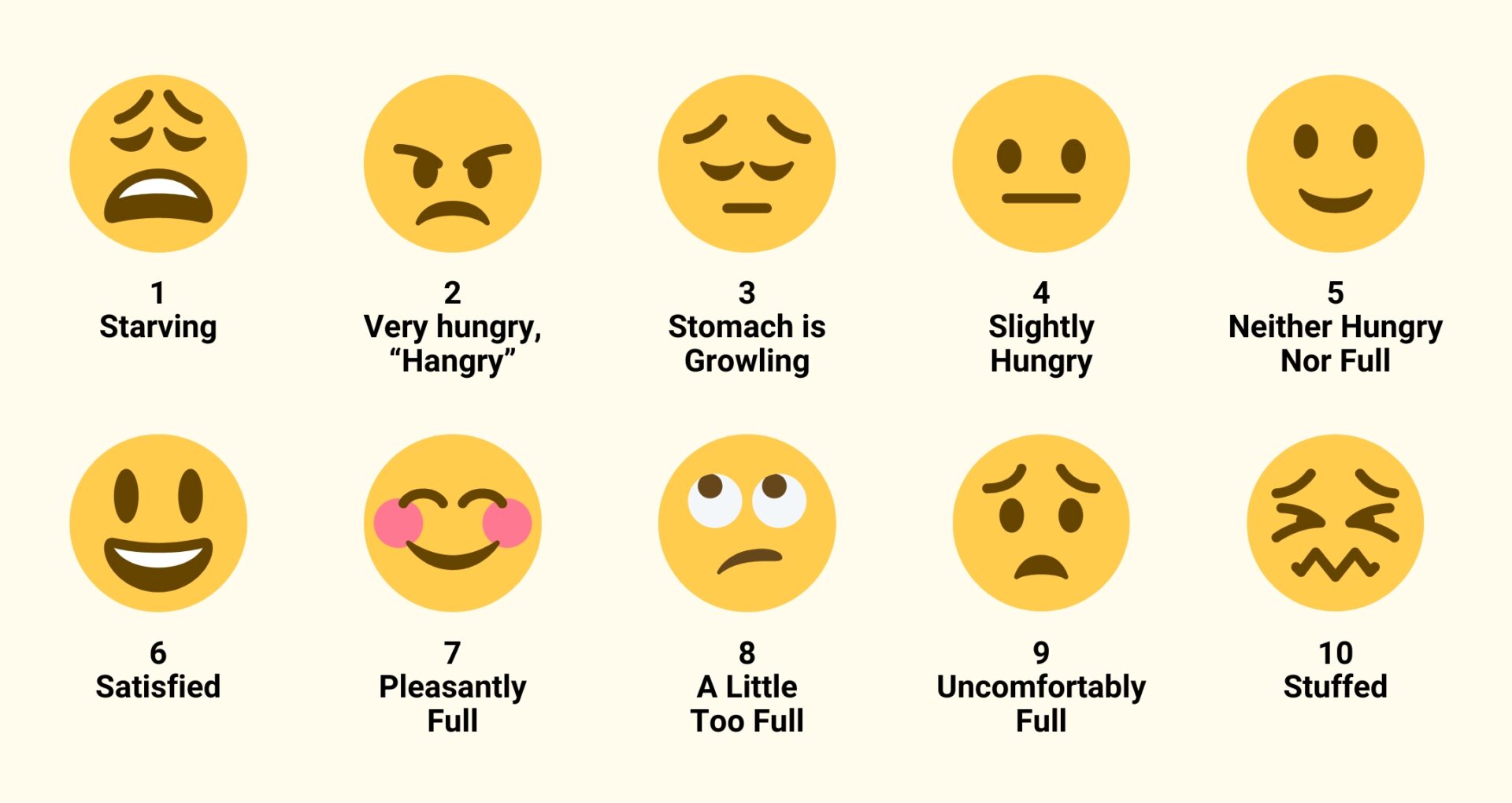The simplest way to eat better
- Share This Story

When it comes to eating better, are you worrying about the little details?
- “Are potatoes fattening?”
- “If I don’t drink a protein shake after my workout, is it even worth exercising?”
- “Is keto really the best way to lose weight? Or should I be doing Paleo? Or what about the alkaline diet?!”
Yet, you may be eating at your computer. Or in your car. Or in a daze while in front of the TV.
It’s a familiar scenario. And it’s because we’ve been taught to think about what we eat, not how we eat.
And while we seem more connected to our health than ever with our apps that track our food, sleep and mood – many of us are more disconnected from our relationship with food than ever.
In celebration of Nutrition Month this March, we’re excited to collaborate with the Halton Diabetes Program to shed light on the transformative power of mindful eating. Together, we’re bringing you simple yet impactful strategies to reboot your relationship with food.
Mindful Eating 101
Eating slowly and mindfully can be an incredibly powerful habit for driving major transformation.
Instead of having to figure out which foods to eat, in what frequency, and in what portions—all important factors, of course—eating slowly is the simplest way anyone can start eating and feeling better, immediately.
Why?
Two reasons:
- It takes about 20 minutes for your brain to register satiety (fullness). If you eat too quickly, fullness may occur after overeating instead of putting a “STOP” to it. Slow eating gives your brain more time to work, allowing you to have a better sense of when you’ve had enough.
- When you slow down, you become more connected to and aware of your relationship with food. You notice more about your food the tastes, textures, temperatures and other aspects that contribute to how you enjoy the food that you are eating. You tend to feel satisfied with less, and feel less “deprived.”
But…
People struggle with this habit.
(Oh, do they struggle.)
What to do?
Practice slow eating and know you won’t be perfect. That’s okay.
It’s also why it’s not a bad idea to spend a whole month on just this one habit.
To help you, try one of these tips. You can experiment with them for just one meal, or take on a full “30-day slow-eating challenge,” if you feel up to it.
😮💨 Take a breath.
Before you eat, pause. Take one breath. Take one bite. Then take another breath. Go one bite and one breath at a time. That’s it.
⏱️ Add one minute per meal.
At the beginning of a meal, start a clock and see if you can make each meal one minute longer than the meal before.
🍴 Do something between bites.
Besides taking a breath (or three), try:
- setting down your utensils
- taking a sip of water
- asking someone at the table a question
😋 Savour your food.
When you eat… eat. Enjoy it. Really taste it. Is it salty? Sweet? Does it coat the roof of your mouth? What’s the texture like? Think about these questions with each bite.
🤔 Notice what affects eating speed.
Even something as subtle as silence or background music can trigger you to speed up or slow down, which is why some folks have found success with listening to a 20-minute “slow eating” playlist.
And finally…
Try to remember: Don’t put food on your fork… if there’s food in your mouth.
Closing Thoughts
Incorporating mindful eating practices into your routine may not happen overnight, and that’s perfectly okay. Remember to approach this journey with patience and self-compassion. By prioritizing the quality of your eating experience, you’ll cultivate a healthier relationship with food and nourish your body and soul.

Try using the Mindful Eat Mojis (above) to gauge your hunger before you start eating.
Check-in halfway through the meal. If you are at a “6” or above, stop eating and save the leftovers. If you are below a 6, continue eating until you are satisfied. This tool can help you get back in touch with your internal hunger cues and lead to healthy adjustments in the timing and amount of your eating.














